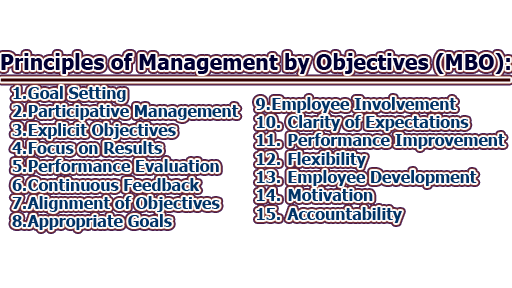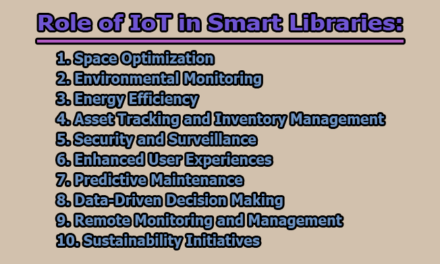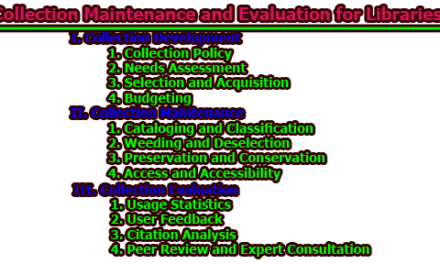Principles of Management by Objectives (MBO):
Management by Objectives (MBO) is a systematic and collaborative approach to management that emphasizes goal setting and attainment. MBO was introduced by Peter Drucker in 1954, and it has become a popular management technique since then. MBO provides a framework for managers to set measurable objectives for themselves and their subordinates, and to evaluate progress towards those objectives. Here, we will discuss the principles of Management by Objectives (MBO):
- Goal Setting: Goal setting is a crucial aspect of MBO. It involves setting clear, specific, and measurable goals for the organization, departments, and individuals. These goals should be achievable, and they should be aligned with the overall objectives of the organization. The goals should also be challenging, but not too difficult, to motivate employees to work towards achieving them.
- Participative Management: MBO is a collaborative approach that requires the participation of both managers and subordinates in the goal-setting process. This approach promotes employee involvement and ownership, and it helps to motivate employees to work towards achieving the objectives. The participation of employees also provides managers with valuable input and feedback, which can help to improve the goal-setting process.
- Explicit Objectives: MBO requires that objectives are explicitly defined, and there is clarity about what is expected of the employees. The objectives should be specific, measurable, and achievable. This approach helps to reduce ambiguity and confusion and promotes accountability.
- Focus on Results: MBO is a results-driven approach to management that focuses on achieving the desired outcomes. Managers should prioritize the achievement of objectives and focus on the results rather than just completing tasks. This approach helps to ensure that the organization is moving towards its goals and objectives.
- Performance Evaluation: MBO requires performance evaluation of employees, departments, and the organization as a whole. The evaluation should be based on the achievement of objectives and the desired results. This evaluation is important to determine the progress toward goals and to identify areas for improvement. It also provides employees with feedback on their performance, which can help to motivate them to improve.
- Continuous Feedback: MBO emphasizes continuous feedback, which enables managers to make adjustments to their goals and objectives. Continuous feedback also helps employees to identify their strengths and weaknesses and to make improvements. This approach promotes a culture of continuous improvement and encourages employees to take ownership of their performance.
- Alignment of Objectives: MBO requires that objectives are aligned with the overall goals of the organization. Objectives should be consistent with the organization’s mission and vision. This approach helps to ensure that everyone is working towards the same goals and objectives and that the organization is moving in the right direction.
- Appropriate Goals: MBO emphasizes that goals should be challenging but achievable. Goals that are too easy or too difficult can lead to demotivation. This approach helps to motivate employees to work towards achieving their goals and objectives and to take pride in their work.
- Employee Involvement: MBO requires employee involvement in the goal-setting process. Employees should be consulted, and their opinions should be taken into consideration when setting goals. This approach creates a sense of ownership among employees and motivates them to achieve their objectives. It also provides managers with valuable input and feedback, which can help to improve the goal-setting process.
- Clarity of Expectations: MBO requires that expectations are clear, and employees understand what is expected of them. This approach reduces confusion and promotes accountability. It also helps to ensure that employees are working towards the same goals and objectives.
- Performance Improvement: MBO is a process of continuous improvement, and it requires managers to evaluate performance and make adjustments as necessary. This approach helps to identify areas for improvement and to make necessary changes. It also provides employees with feedback on their performance, which can help to motivate them to improve.
- Flexibility: MBO is a flexible approach that allows for adjustments to be made as necessary. The approach recognizes that goals and objectives may need to be adjusted based on changing circumstances. This approach promotes adaptability and agility and helps the organization to respond to changes in the business environment.
- Employee Development: MBO emphasizes the development of employees. By involving employees in the goal-setting process and providing them with feedback and support, MBO can help employees develop new skills and improve their performance. This approach can also help to promote employee engagement and job satisfaction.
- Motivation: MBO is a motivational approach that focuses on achieving results. The approach involves setting clear and challenging goals, providing continuous feedback, and recognizing and rewarding achievement. This approach can help to motivate employees to work towards achieving their objectives and to take pride in their work.
- Accountability: MBO promotes accountability at all levels of the organization. By setting clear objectives and measuring performance against those objectives, MBO helps to ensure that everyone is accountable for their performance. This approach can help to promote a culture of responsibility and ownership, and it can also help to identify areas for improvement.
References:
- Drucker, P. F. (1954). The Practice of Management. New York: Harper & Row.
- Locke, E. A., & Latham, G. P. (2002). Building a practically useful theory of goal setting and task motivation: A 35-year odyssey. American Psychologist, 57(9), 705-717.
- Porter, L. W., & Lawler, E. E. (1968). Managerial Attitudes and Performance. Homewood, IL: Richard D. Irwin, Inc.
- McGregor, D. (1960). The Human Side of Enterprise. New York: McGraw-Hill.
- Ouchi, W. G. (1977). The Theory Z Manager: Participative Management Style. Reading, MA: Addison-Wesley.
- Drucker, P. F. (1973). Management: Tasks, Responsibilities, Practices. New York: Harper & Row.
- Koontz, H., & O’Donnell, C. (1976). Principles of Management: An Analysis of Managerial Functions. New York: McGraw-Hill.
- Ivancevich, J. M., & Donnelly, J. H. (1984). Management: A Pacific Rim Focus. Homewood, IL: Richard D. Irwin, Inc.
- Sager, J. K., & Sager, S. (1985). Management by Objectives: A Practical Guide. New York: John Wiley & Sons.
- Armstrong, M. (1996). A Handbook of Management Techniques: A Comprehensive Guide to Achieving Managerial Excellence and Improved Business Performance. London: Kogan Page.

Library Lecturer at Nurul Amin Degree College










